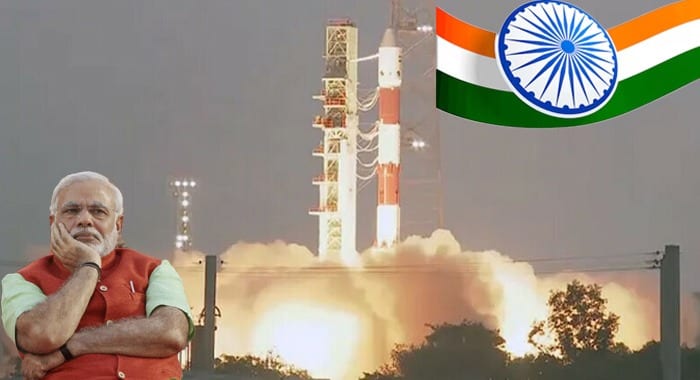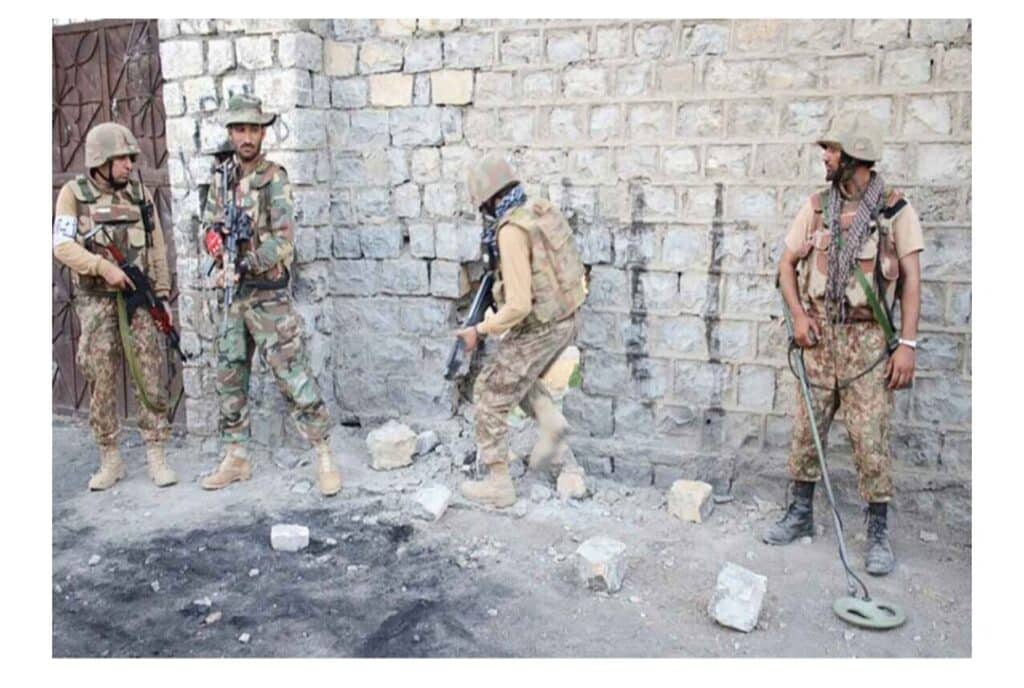In a major blow to India’s much-hyped space ambitions, the Indian Space Research Organisation (ISRO) on Sunday failed to place its latest Earth Observation Satellite (EOS-09) into orbit, following a critical technical malfunction during the final stage of launch. The failure has once again raised serious concerns over the reliability of India’s space missions, many of which have ended in disappointment in recent years.
According to news repoorts, the PSLV-C61 rocket carrying the satellite lifted off from the Satish Dhawan Space Centre in Sriharikota, southern India. However, the mission suffered a breakdown in its third stage due to a sudden drop in motor chamber pressure, resulting in the satellite failing to achieve its designated orbit. ISRO Chairman S. Somanath confirmed the failure, marking another addition to the string of unsuccessful Indian missions.
Despite decades of investment and rhetoric, India’s space programme continues to face critical challenges. Since the 1960s, India has strived to position itself as a global space contender, launching satellites for both domestic and foreign clients. However, success has remained sporadic. While India made headlines in 2014 for sending a satellite to Mars, and again in 2023 for landing near the Moon’s south pole after a failed attempt in 2019, these isolated achievements are overshadowed by the growing list of failed missions.
The latest Earth Observation Satellite was intended to enhance India’s capability to monitor environmental and geographical changes. However, Indian media reports reveal that since 2013, the country has launched 11 such missions—most of which have failed to deliver.
As the self-proclaimed technological giant struggles to maintain consistency in its space pursuits, the repeated setbacks have dented its credibility and cast doubt over its capacity to sustain complex missions. The failure of the EOS-09 mission underscores a growing gap between India’s space aspirations and its actual capabilities.





